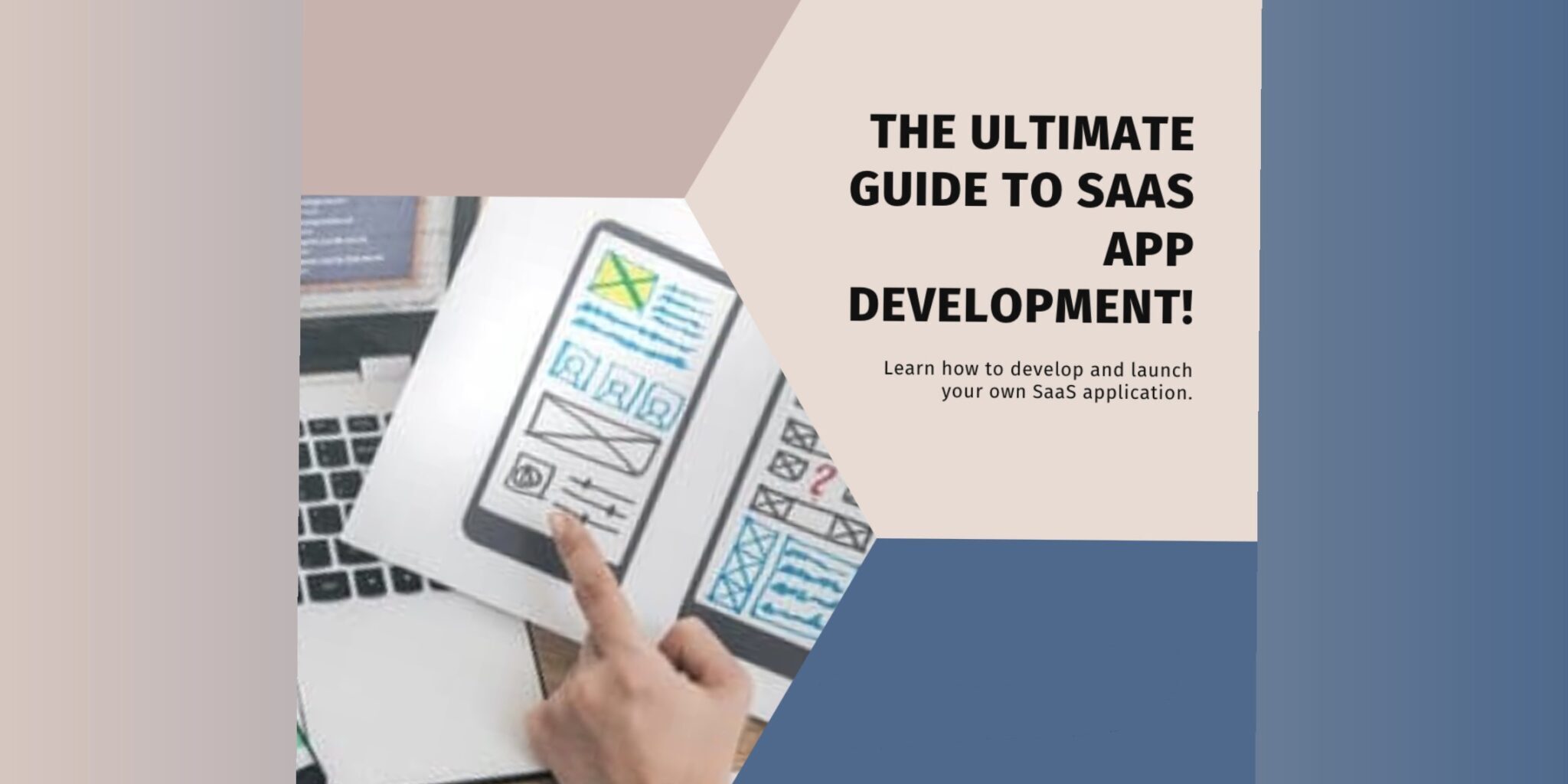Introduction
Software as a Service (SaaS) applications have revolutionized the way businesses operate, providing flexible, scalable, and cost-effective solutions for various industries. Building a successful SaaS application requires careful planning, execution, and continuous iteration to meet the needs of modern users. In this comprehensive guide, we’ll take you through the journey of SaaS app development, from conceptualization to launch, covering key steps, best practices, and essential considerations along the way.
Understanding the SaaS Model:
- Define the SaaS model and its advantages for businesses and users.
- Explore different types of SaaS applications and their use cases across industries.
- Discuss the importance of scalability, accessibility, and subscription-based pricing in SaaS offerings.
Market Research and Idea Validation:
- Conduct thorough market research to identify target audience, competitors, and market trends.
- Validate the SaaS app idea through surveys, interviews, and prototype testing.
- Analyze user pain points and identify unique value propositions to differentiate the SaaS app from competitors.
Planning and Architecture Design:
- Define the scope and features of the SaaS application through user stories and feature prioritization.
- Create a comprehensive product roadmap and project plan outlining development milestones and timelines.
- Design the architecture of the SaaS app, including database schema, API endpoints, and microservices architecture if applicable.
Technology Stack Selection:
- Evaluate different technology stacks for building SaaS applications, considering factors such as scalability, security, and developer experience.
- Choose frontend frameworks (e.g., React.js, Angular, Vue.js) and backend frameworks (e.g., Node.js, Django, Ruby on Rails) based on project requirements and team expertise.
- Select cloud infrastructure providers (e.g., AWS, Azure, Google Cloud) for hosting the SaaS application and managing resources.
Development and Iteration:
- Adopt an agile development methodology for iterative development and continuous improvement.
- Implement core features of the SaaS app incrementally, starting with a minimum viable product (MVP).
- Gather user feedback through alpha and beta testing phases to identify usability issues and refine features.
Security and Compliance:
- Prioritize security best practices throughout the development lifecycle, including data encryption, authentication, and authorization mechanisms.
- Ensure compliance with industry regulations and standards such as GDPR, HIPAA, and PCI DSS.
- Conduct regular security audits and penetration testing to identify and address vulnerabilities.
Scalability and Performance Optimization:
- Design the SaaS application architecture for horizontal scalability to accommodate growing user demand.
- Optimize database queries, API endpoints, and frontend rendering for improved performance and responsiveness.
- Implement caching mechanisms, load balancing, and auto-scaling configurations to handle spikes in traffic.
User Onboarding and Experience:
- Design intuitive user interfaces and onboarding flows to guide users through the SaaS application.
- Provide comprehensive documentation, tutorials, and customer support channels to assist users in getting started.
- Collect user feedback and analytics data to identify areas for improving user experience and retention.
Subscription Management and Billing:
- Integrate subscription management and billing functionalities to support different pricing plans and payment methods.
- Implement recurring billing cycles, invoicing, and subscription upgrades/downgrades for flexible billing options.
- Ensure transparency and clarity in pricing, terms of service, and refund policies to build trust with customers.
Continuous Monitoring and Maintenance:
- Set up monitoring and alerting systems to track application performance, uptime, and error rates.
- Implement automated testing, continuous integration, and deployment pipelines for seamless updates and bug fixes.
- Regularly review and prioritize feature enhancements, bug fixes, and technical debt reduction initiatives.
Conclusion
Building a successful SaaS application requires a combination of technical expertise, user-centric design, and strategic planning. By following the steps outlined in this guide, entrepreneurs and development teams can navigate the complexities of SaaS app development and create innovative solutions that drive value for customers. From idea validation and planning to development, launch, and ongoing maintenance, the journey of SaaS app development is filled with challenges and opportunities for growth. Embrace the iterative nature of the process, listen to user feedback, and stay agile in responding to changing market dynamics to build a SaaS application that stands out in the competitive landscape.







